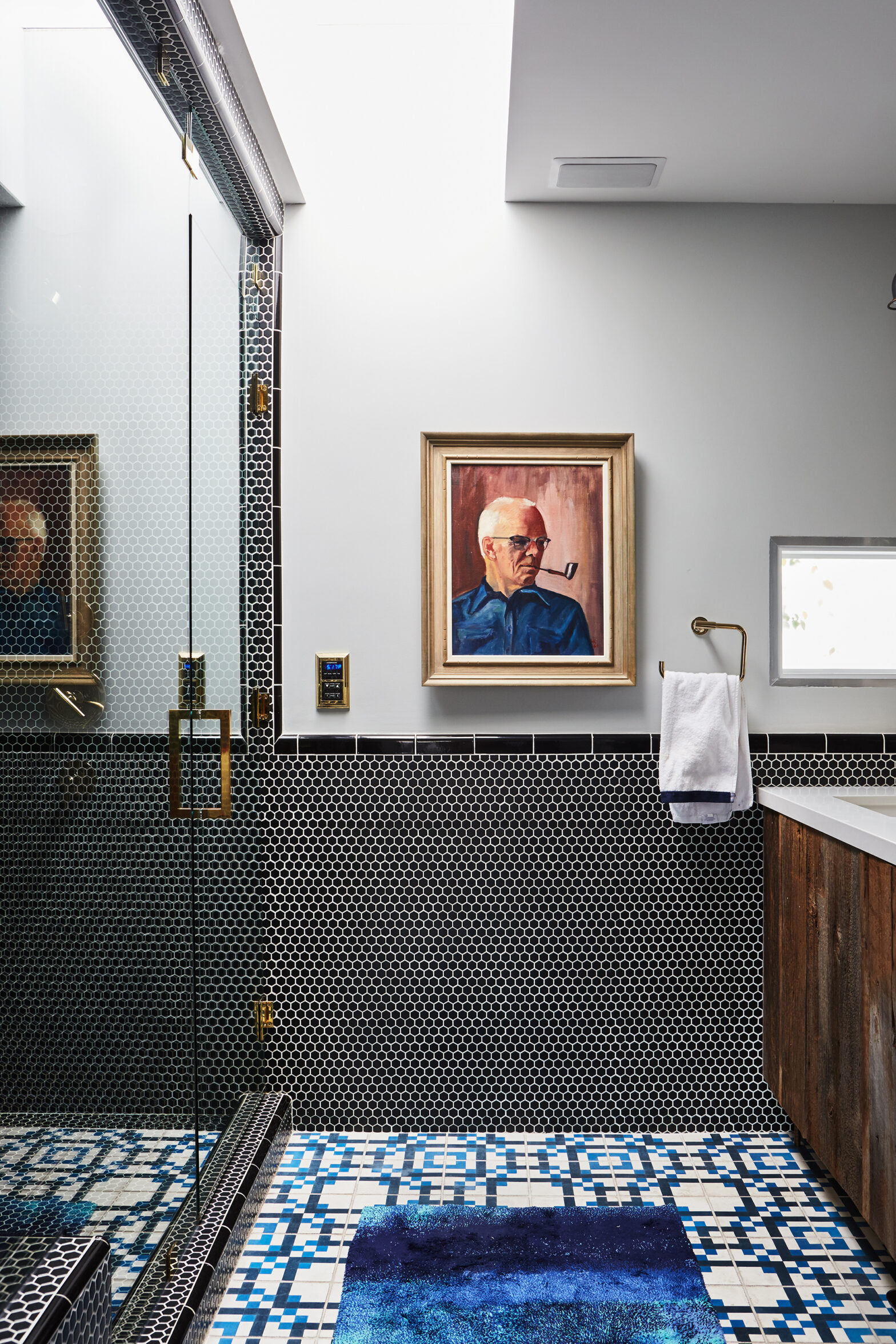/cdn.vox-cdn.com/uploads/chorus_image/image/61152411/House_Calls_Portland_Nathan_Papazian_kitchen.0.jpg)
It’s the question every handy homeowner getting ready to embark on a renovation asks themselves: How much can I actually do myself? If you’re willing to get your hands dirty, it may be more than you think. Curbed spoke with experts including DIY home renovators, contractors, and architects to determine the realistic DIY projects in your house, and what is better left to the professionals.
Go pro: Make a plan before you start
Before you rush into a home renovation and start a “to do” list, take a comprehensive look at everything that’s ahead, taking into account costs and timeframes. “It’s worth it to pay someone to think strategically about the entire project,” said Alexandra Barker, a principal at architecture firm Barker Freeman who often works with clients on a budget. “You need to figure out the maximum scope of work, break down how to phase it, and strategize.”
For large-scale renovations, you’ll need an inspector to check the systems in your home, as well as a trusted architect or contractor to propose a plan and offer a bid. A professional, too, will alert you to any urgent fixes needed. “The roof is a good example,” said Barker, “in getting an opinion if it requires immediate or later fixes.”

DIY: Materials
“A major thing that someone can easily take on is purchasing their own materials, equipment, and appliances,” said Greg Merkel, an architect who oversaw a home renovation with his wife Catalina Rojas, also trained as an architect. Tiles, cabinetry, bathroom and kitchen fixtures, doors—there are a number of materials you can pick yourself or salvage from antique stores and flea markets.
“I’ll point clients to bargain-oriented places to shop for tile and wood,” said Barker. “But you still want an expert’s advice on how these finishes will come together.” Check with your architect and contractor on matters of quantities and sizing; a common mistake homeowners make is not ordering enough of something, or ordering a material before it’s ready to be installed in the home.
Go pro: Structural repairs
New York contractor Robert Taffera, of Taffera, Inc., put it this way: “A homeowner should not affect any of the structural members of the house.” Expect older homes to have structural wear that will eventually need to be upgraded by an architect and contractor, or in some cases a structural engineer—and you may as well get it over with during your renovation.
If the house was previously converted to a multi-family property, that will likely require repairs to the home structure as well. And prepare yourself for any surprises when working with an old home. “There’s an uncertainty when you start working on a home and opening things up. It’s hard to know with certainty what you’ll find behind the walls,” Taffera said. Whatever you find, though, is going to require more professional help.
DIY: Light demolition
You should not take a sledgehammer or chainsaw to the walls of your home by yourself, but light demolition is certainly doable on your own, which means taking down things like unwanted cabinets, appliances, fixtures, tile work, and moldings or pulling up floorboards or carpeting.
“You’re taking things apart piece by piece carefully; you’re not taking down structural things,” said husband-and-wife team Scott Mancha and Felicia Jamieson, Brooklynites chronicling their renovation at Pink Brownstone. Merkel and Rojas made a party of it, inviting friends over to do most of the demolition themselves before bringing in a contractor to tackle the structural work. You’ll need to a assemble a team for any large-scale demo, however, as it’ll take much longer than it would a professional team.
Go pro: Asbestos
Asbestos is something nobody wants to find in their renovation, but it tends to pop up. “Asbestos is not always accounted for in your home inspection,” said Merkel. “But once you find it, you can’t do any other work. And you can’t just hire a ‘Joe Schmo’ to remove it.” Indeed, asbestos will need to be tested for, and then removed, by a professional.
Go pro: Gas, electricity, plumbing
Is there any major gas, plumbing, or electric work looming for your renovation? You’ll need a professional for obvious reasons, but especially because most of the work requires permits. In New York, plans for major plumbing and electrical changes—not to mention structural changes and asbestos removal—need approval from the Department of Buildings.
Getting permits issued from the DOB is a complicated, time-consuming process that requires the assistance of an architect and expediter, the person hired specifically to navigate the DOB. “Following code in NYC is getting increasingly hard to dodge,” said Barker. “An expediter is necessary to complete the project.”

DIY: Cosmetics
This is where DIY homeowners typically have the most flexibility in renovations. Cosmetic changes don’t need permitting approval, and there are plenty of DIY resources available online.
Mancha and Jamieson used YouTube videos and renovation forums to learn how to apply plasterwork and brick mortar, strip woodwork, recreate ceiling moldings, and install tile work. They discovered a quick tip for boiling doorknobs and hinges in a stainless steel pot with baking soda to remove paint. “We’re not experts, we just research a lot,” Jamieson said.
Their research let them accomplished some projects they initially planned to get professionally done, like removing the peeling paint from their townhouse facade. Their DIY motto? “The first rule is do no harm,” said Jamieson.
“We’re doing projects in a way that you could always undo them,” her husband added. “And you can always stop your project and call someone to fix your mistake.”
Original article found at https://www.curbed.com/2016/5/2/11459072/diy-renovating-professional-contractor

